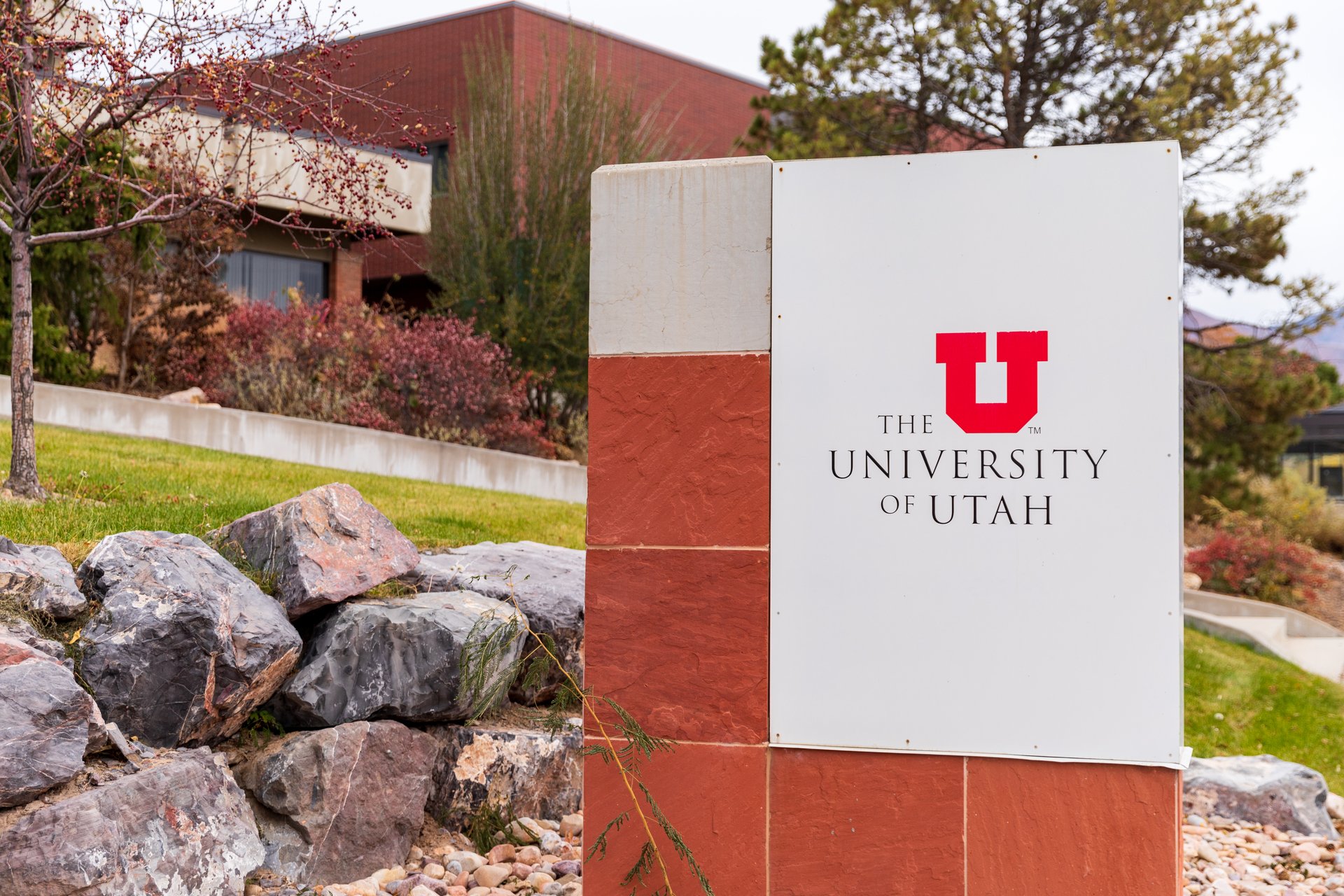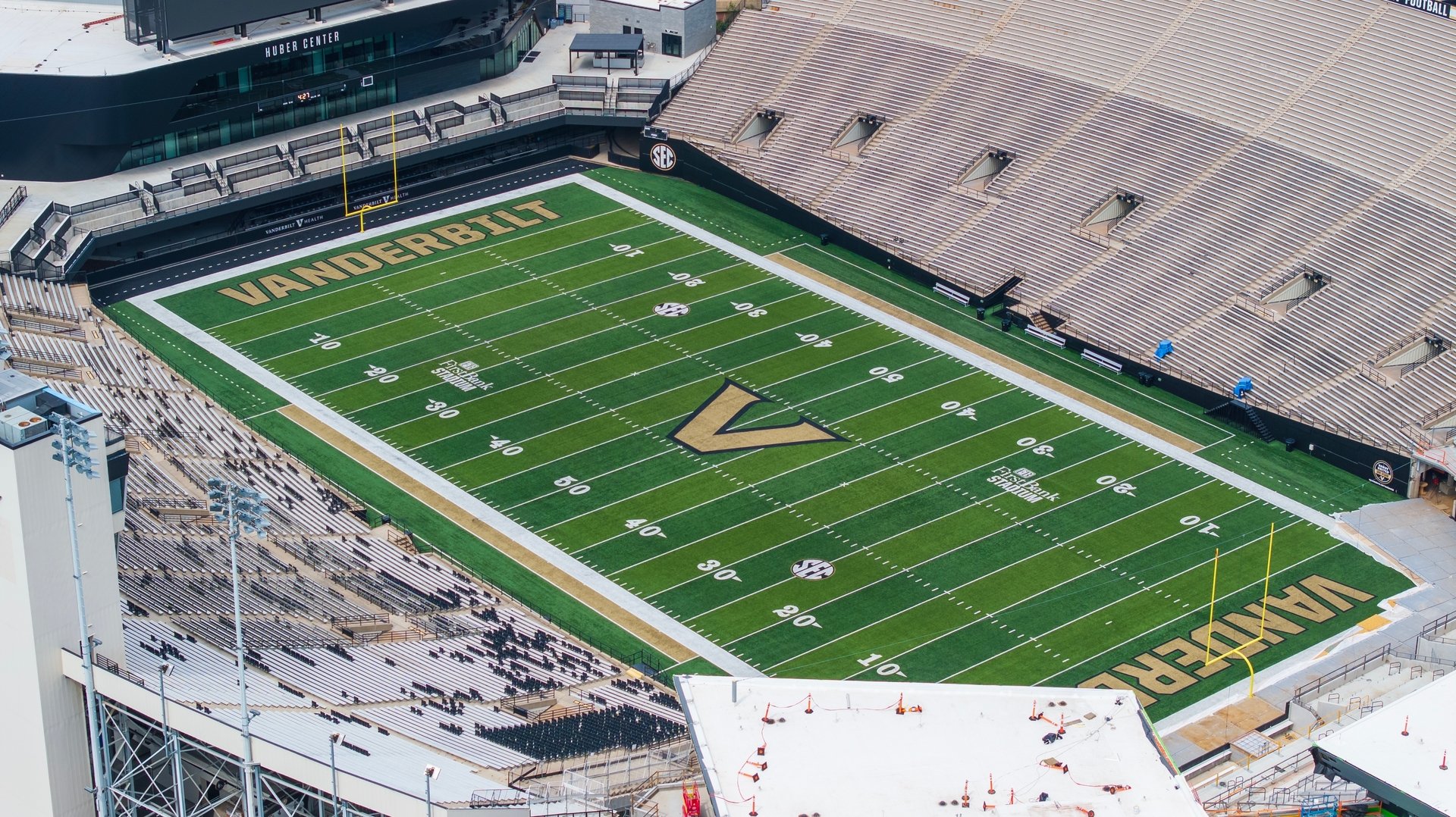Good morning, and thanks for spending part of your day with Extra Points.
Last week, I believe we were the ones to break the news that FloSports was signing their first broadcast agreement with a D-III conference, the Landmark Conference. We have some deal specifics and plenty of quotes in the story, but very broadly, this agreement will provide tens of thousands of dollars, annually, to each school in the conference in media rights fees…but will also put most broadcasts behind a paywall.
This news inspired some strong feelings…on social media, in my email inbox, and my DMs. Most of the feedback that I saw (and was sent) was pretty negative. Many fans of D-III athletics, as well as many reporters, felt like this decision was a shortsighted cash grab, one that would limit exposure opportunities for athletes, increase costs for parents, and make covering D-III athletics more difficult.
I don’t think I can say whether the Landmark made a “good” decision or not. These are private schools that do not have an obligation to share itemized budget details with me (or the public), and the exact terms of the Flo contract were also not disclosed. I think it’s also important to point out that how much revenue a deal generates is only one of many factors that go into whether any athletics policy was a good idea.
The only fair #take I can give on this specific deal is that I can understand why the league did it, and time will tell if their assumptions were correct.
But over the last year and change, I’ve talked to a lot of small college administrators about broadcast paywalls…some with schools and conferences that have decided to go to with FloSports, some with other partners, and others who declined to paywall anything at all. I’d also like to think that throughout running Extra Points, I’ve learned a bit about the economics of selling ads and monetizing niche college sports content.
So I can at least share the broad thought process behind paywalling broadcasts, which I think might be helpful for anybody trying to understand why a school would, or wouldn’t, go down this path:
When it comes to costs, every school is different
The capacity for broadcast quality and volume varies significantly across D-II and D-III, I’m told. There are larger public schools that offer television production majors and may have access to much of the equipment needed for higher-level broadcasts already on campus. Schools in more urban areas also typically have an easier time finding affordable contract talent (from play-by-play to control room to camera operation) than more isolated campuses. The streaming capabilities at different athletic facilities also vary considerably across D-II and D-III.
This is important because any conference that signs a streaming contract typically needs to guarantee a minimum quality standard, one that requires a certain number of cameras, boards, etc. If a school already produces broadcasts that meet or exceed that quality standard, going paywalled may be more attractive than schools that would need to spend all of their rights fees (or more) just to pay for the new equipment.
What is most important for consumers?
I remember one senior athletic department official who worked at a D-II school that eventually decided to work with FloSports, describing how their fans would complain about how broadcast quality varied significantly across the conference. It isn’t unusual for D-II or D-III leagues to sometimes have members who are substantially better resourced than others, and without leaguewide standards that are meaningfully enforced, a fan might go from a three-camera broadcast with a professional crew, to a single-camera broadcast run by an undergraduate and a community volunteer. The leaguewide broadcast deal gave schools both the resources to all reach a minimum standard…and the mechanism to punish schools who failed to meet it.
Other schools have told me that, given the size of their audiences, and who those audiences are, moving to multi-camera setups just isn’t as important as keeping costs down, or keeping the broadcasts student-centered. If a school’s mission is to serve first-generation college students or second-generation Americans, and if each broadcast is only likely to get a few dozen people on the stream…is paywalling it worth it just to earn enough to buy a slightly better rig? Maybe not!
Each school will need to decide how to weigh quality vs price and accessibility.
Even under the most ambitious of circumstances, these are niche events…and you can’t monetize niche events the same way you would for SEC football
There are absolutely people who care deeply about D-II and D-III (and NAIA!) sports, and many programs have no problem at all selling thousands of tickets for athletic events.
But the total potential streaming audiences for most small-college athletic events are small…there’s no way around it. There are no casual fans who decide to tune into Case Western Reserve basketball on a lark. To the extent those fans do exist…they’re at the gym, not online. The projections I’ve heard from several D-II and D-III folks is that streaming broadcasts, paywalled or not, are usually in the triple digits, if not less. 750 people on a stream is going to be a big deal at a lot of schools. Honestly, the same is true for many, many D-I broadcasts as well.
That limits how schools can easily make money from the broadcasts. Simply asking for tips is unlikely to generate any meaningful revenue, unless schools figure out how to get more than 60% of viewers to voluntarily pay (something that basically nobody else on the internet has figured out how to do). These broadcasts are also generally too small to easily attract major advertisers.
The broadcast makeup is also challenging for selling ads, I’m told. Let’s hypothetically say Denison University, the D-III school based in my old hometown of Granville, Ohio, decided to sell ads against broadcasts. You’d think that brands that would be most interested in reaching a niche audience would be brands in and around Granville. But if you live within 15 miles of Granville and you care enough about Denison to tune into a broadcast, you’re probably at the game. The folks who are most likely to be watching are parents, media members, or others who aren’t near campus. That becomes a harder audience to sell against. Not an impossible one! But a harder one.
I have a similar issue with Extra Points
My content is never going to attract the massive number of pageviews needed to easily secure programmatic advertisers like the B/Rs and CBS Sports of the world can do. Writing about low-major conference realignment, media rights negotiations, NIL legislation, and education reform has an audience, but it probably doesn’t have an audience to attract like 300,000 regular subscribers, which takes some major newsletter ad partners off the table too. I’m never going to be Morning Brew.
I do sell ads, and many D-II and D-III schools sell sponsorships and ads as well. But doing so takes a lot of manpower. You have to manually call up brands and pitch them on unique audience fit, and you often have to craft customized campaigns. If you’re a D-III school with oh, one full-time SID and two grad assistants, you probably don’t have the operational capacity to do all the regular stuff you need to do well, let alone seek outside revenue.
Broadcasting events, even at relatively low quality, takes time and money…but generating funds to pay for them also takes time and money. That’s a major reason why most publications in my position (dedicated, but relatively niche audience) earn most of their money via subscriptions. I’m not surprised small colleges are looking that way too.
(Still, I’d love to sell you an ad in Extra Points. Hit me up at [email protected] for a rate card and customization options)
There’s also an ideological component
I know a lot of folks outside of D-I that look at other classifications as something of a bulwark against the excesses of Big Time College Sports. There are no huge broadcast contracts, no eight-figure coaching salaries, and no massive institutional money…just college athletes who are almost certainly going to do something that isn’t professional sports at the end of their eligibility. I don’t think anybody would claim that D-II sports are perfect, but you’ll find many that think it’s a little quieter, a little more balanced, and a little more college, than D-I.
If you are somebody who is predisposed to that sort of thinking, isn’t it worth sacrificing some money in the name of keeping college sports more simple and accessible? It’s one thing to not have the capacity to chase down MMR money or monetization opportunities…but it’s another thing to say I don’t want to. And I’ve spoken to a few coaches, ADs, and commentators who deeply feel that way about smaller college athletics.
And hey, if that means you’re okay with single-camera streaming broadcasts and an unpredictable 20-year-old behind the mic, in a gym without ads, maybe one that doesn’t even bother charging for tickets…then who am I to demand that you take the money and start putting up barriers?
Not every college athletic program needs to be Ohio State. We have room for Ohio State, Youngstown State, Ashland, and Case Western Reserve, and they don’t all have to value the same things or spend money in the same ways.
All I would say is that there are tradeoffs to each approach. Quality costs money, and if that money isn’t coming from subscription revenue, it needs to come from some other sort of subsidy (or a very creative revenue generation plan). If you don’t want to pay that money, that’s fine too, but there will be a tradeoff somewhere else in the process.
I don’t believe it’s greed that has pushed many smaller college conferences to pursue broadcast paywalls. It’s just an economic reality. But that doesn’t mean every other conference has to make the same calculation.
Quick note. I’m down at D1.ticker HQ in Louisville today to work on some Athletic Director Simulator 3000/ D1.classroom updates. I’ll return to Chicago Monday evening, and Extra Points will return on Wednesday. If I’m slow to respond to your email, I’m probably just traveling!
If you enjoy Extra Points, you can earn great rewards (free premium subscriptions! Homefield Apparel gift cards! Bonus content!) by sharing the newsletter with your friends, colleagues, and LinkedIn Connections. Just use this code and start earning rewards:
If you’d like to buy ads on Extra Points, good news! They’re affordable, and we have openings this season. Drop me a line at [email protected]. If you have news tips, I’m at [email protected]. Otherwise, I’m at [email protected], @MattBrownEP on Twitter, @ExtraPointsMB on Instagram, and @MattBrown on Bluesky.


















